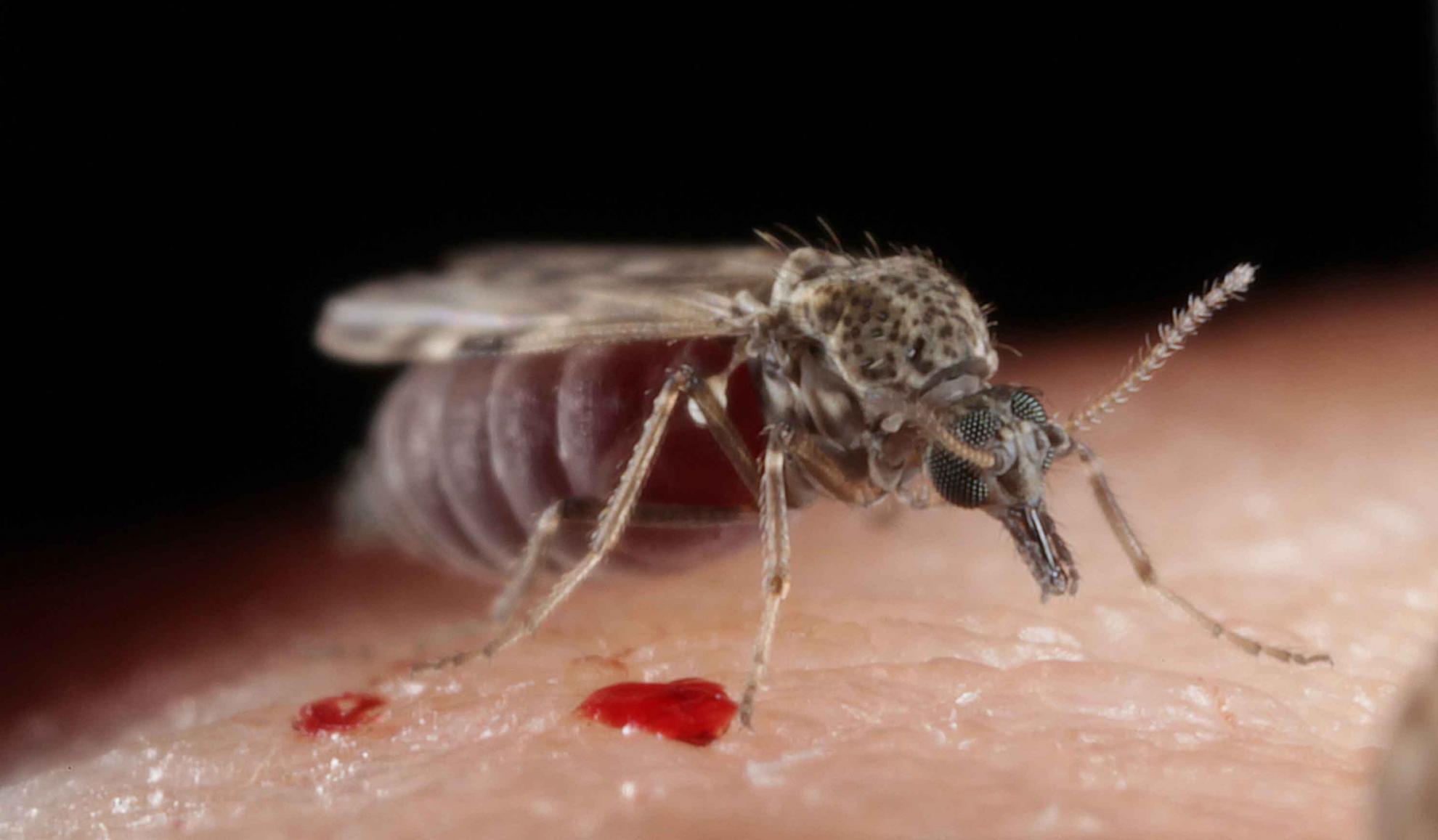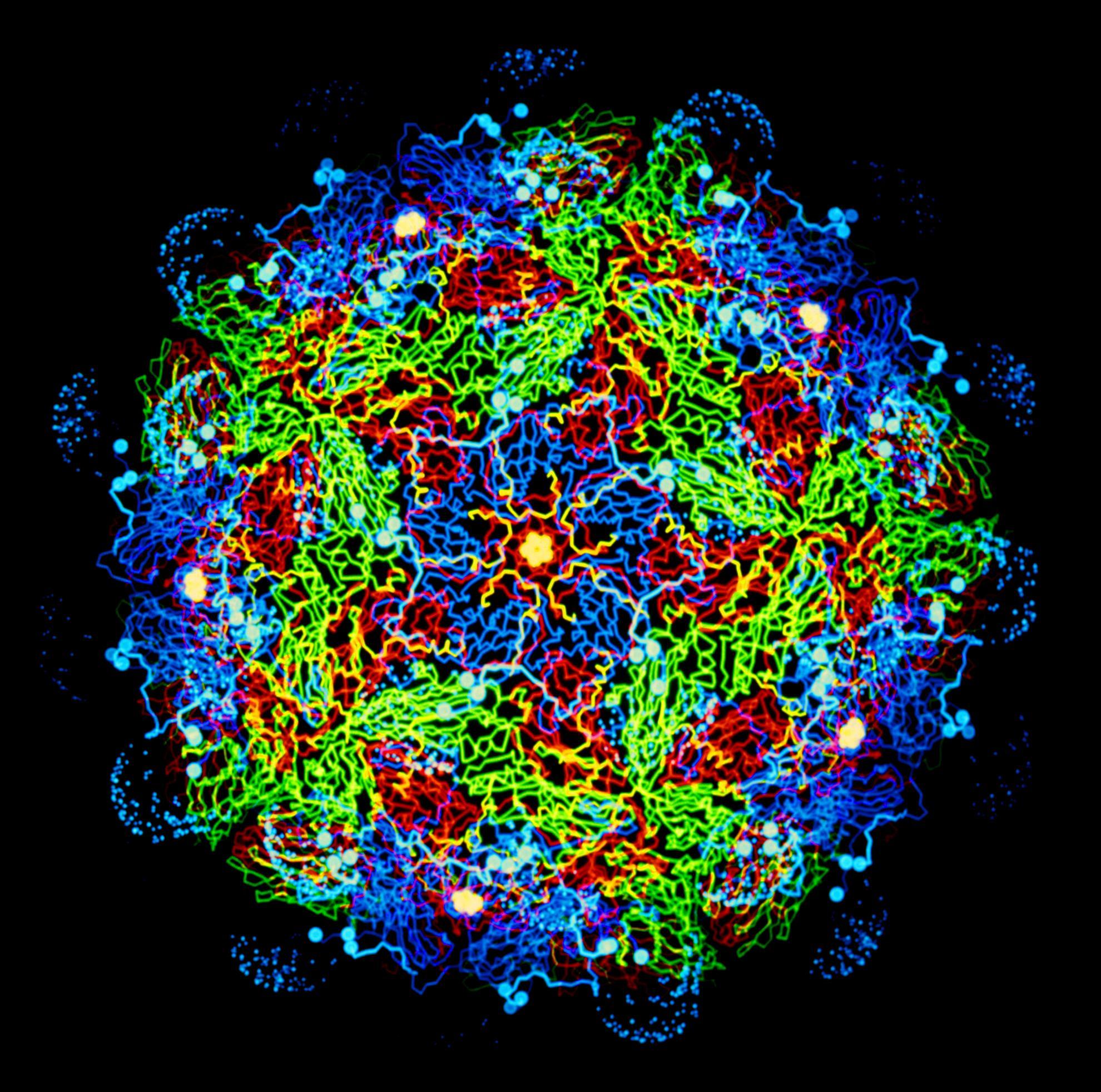Sheep breed and shearing influences attraction and blood-feeding behaviour of Culicoides (Diptera: Ceratopogonidae) on a UK farm
Culicoides biting midges (Diptera: Ceratopogonidae) are responsible for the biological transmission of arboviruses of international importance between ruminant livestock. These arboviruses include bluetongue virus (BTV) and Schmallenberg virus (SBV), which have emerged in unprecedented outbreaks in northern Europe. The impact of breed and shearing of sheep on Culicoides: host contact rates has not been investigated in detail and has the potential to influence arbovirus transmission and control measures employed to limit spread.
Attraction of Culicoides to Hartline and Hartline/Suffolk cross-breed sheep was compared using 224 drop trap collections over 22 nights and 181 catches from sheared or unsheared Hartline/Suffolk ewes were made over 17 nights to compare Culicoides activity and rates of blood engorgement.
A total of 31,314 Culicoides was collected in the two trials and females of the subgenus Avaritia represented over 96.9% of individuals collected. Attraction to breed was dependent upon species of Culicoides and physiological status, with a significantly greater number of individuals collected on the cross-breed sheep. Shearing of sheep did not significantly increase or decrease the number of Culicoides attracted but increased the rate of successful engorgement.
Both breed and shearing were shown to influence Culicoides biting rate on sheep. These data are useful in a direct context in understanding the likely impact of control measures against arboviruses including BTV and SBV and additionally in providing data from field-based studies to enable modelling exercises of arbovirus transmission and spread.

